The investigation and assessment report on the "5·1" landslide disaster was released on Wednesday. At approximately 1:57 am on May 1, 2024, a landslide occurred in the Chayang section of the Meizhou-Dabu Expressway in Meizhou City, South China's Guangdong Province. The landslide caused a collapse of half of the roadbed in the eastbound direction, resulting in 23 vehicles falling off the road, leading to 52 deaths and 30 injuries. The investigation concluded that this was a particularly severe landslide disaster caused by prolonged continuous rainfall and the combined effect of multiple factors, resulting in significant casualties, CCTV reported.
The disaster occurred in the early hours of May 1, with light rain, poor visibility, and a sudden increase in traffic volume. After the vehicles fell, they caught fire, which further exacerbated the damage. At the same time, problems existed in the areas of engineering survey, design, construction, supervision, acceptance, operation, and maintenance, which affected the roadbed's ability to withstand such disasters, said the report.
In accordance with relevant regulations, Guangdong Province established a provincial government investigation and assessment team for the disaster, led by local authorities. Experts in highway engineering, geological engineering, geotechnical engineering, meteorology, and hydrology were invited to form an expert group to participate in the investigation and assessment.
A national expert advisory group, established by the Ministry of Emergency Management, the Ministry of Transport, and the Ministry of Natural Resources, joined the investigation and assessment team on-site to offer comprehensive guidance throughout the disaster investigation and evaluation efforts.
The investigation revealed that, prior to the disaster, Guangdong experienced multiple rounds of heavy rainfall, with the province's average precipitation breaking historical records for the same period.
The main cause of the disaster was prolonged rainfall causing groundwater accumulation and rising water levels, which increased hydrodynamic forces and reduced the slope's shear strength, ultimately leading to a sudden landslide of the roadbed and retaining wall, resulting in the expressway collapse, said the investigation.
Clues regarding performance issues of government officials from participating units and relevant departments, found during the investigation, were transferred to the discipline inspection and supervision authorities for further handling. Legal and regulatory violations by the participating units and their personnel were also referred to the appropriate departments for investigation and punishment according to the law.
Five key lessons were concluded by the investigation team, including insufficient attention to high-fill embankment risks, inadequate awareness of prolonged rainfall hazards, weak groundwater prevention and monitoring, gaps in construction and maintenance management, and overlapping regulatory responsibilities leading to ineffective supervision.
The report also proposed five corresponding measures to enhance weather preparedness, improve roadbed safety, strengthen lifecycle management, boost risk monitoring, and raise societal risk awareness and self-rescue capabilities.









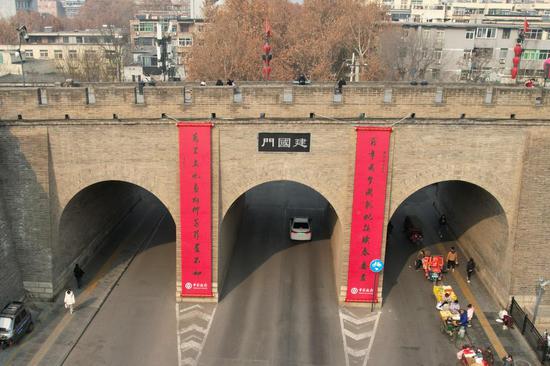






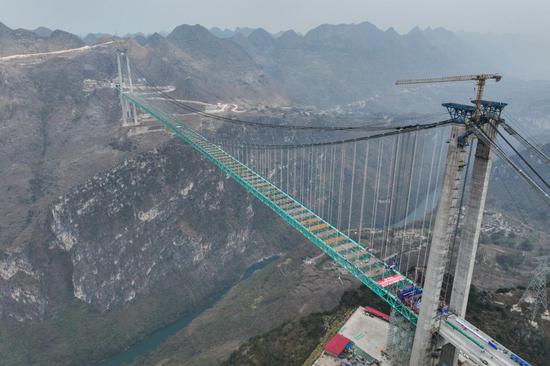








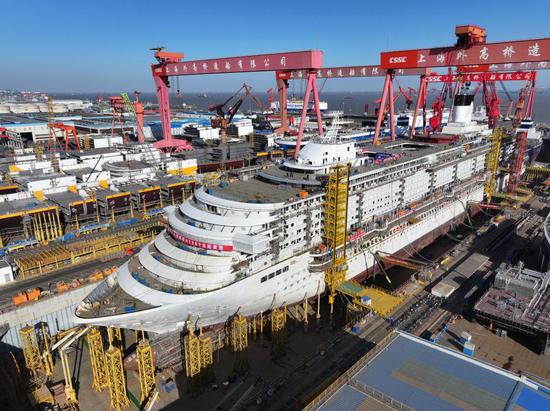
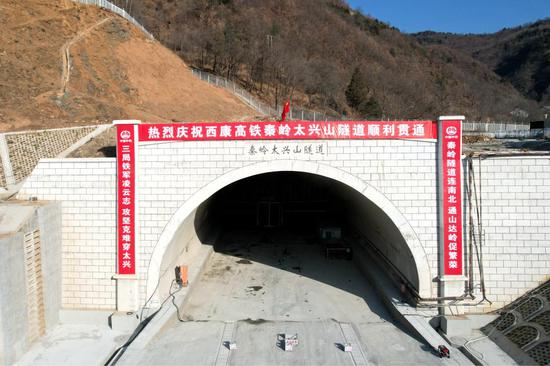


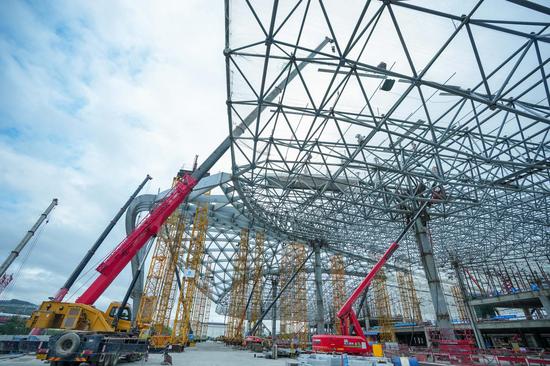
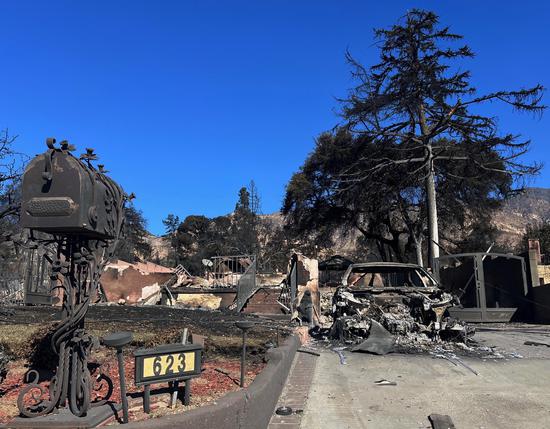




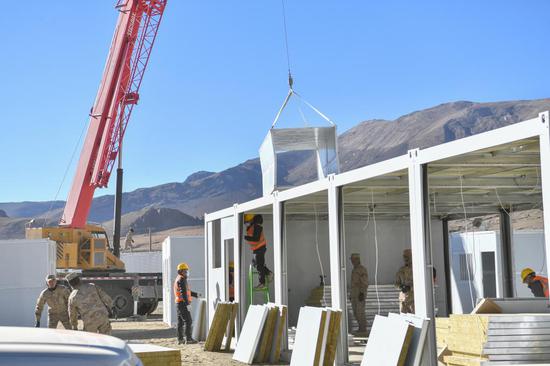
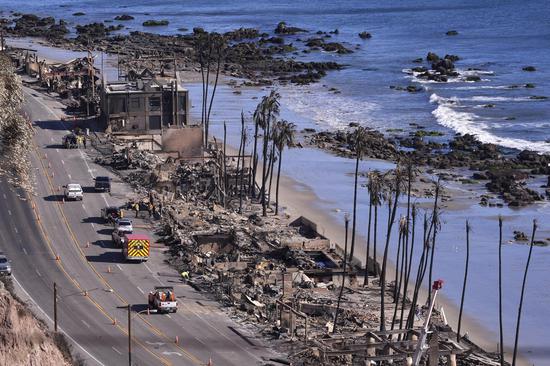


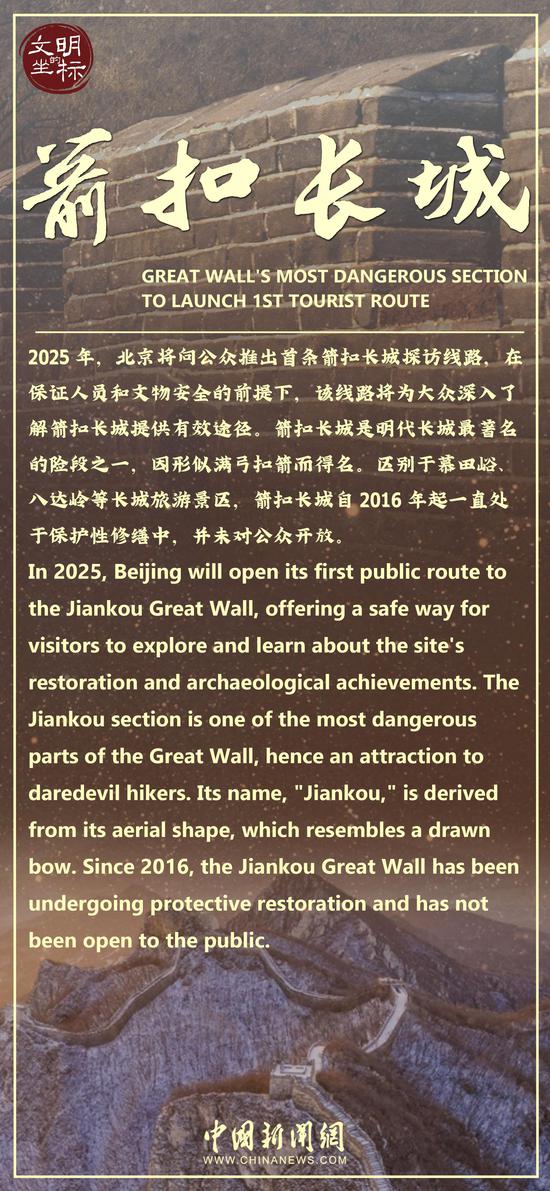
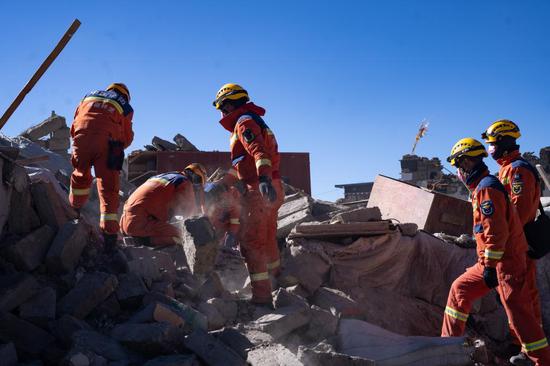









 京公网安备 11010202009201号
京公网安备 11010202009201号